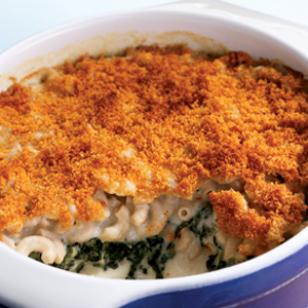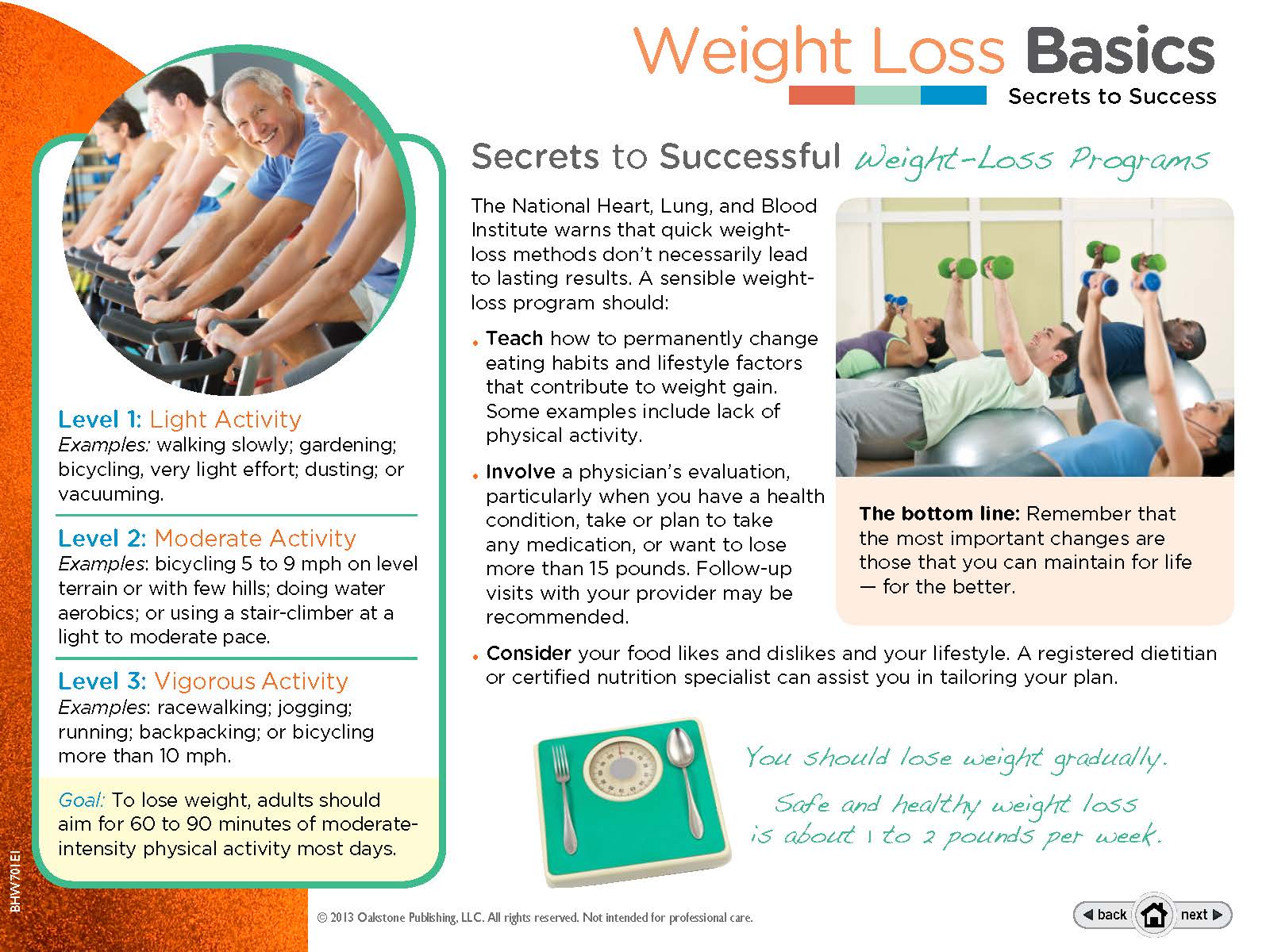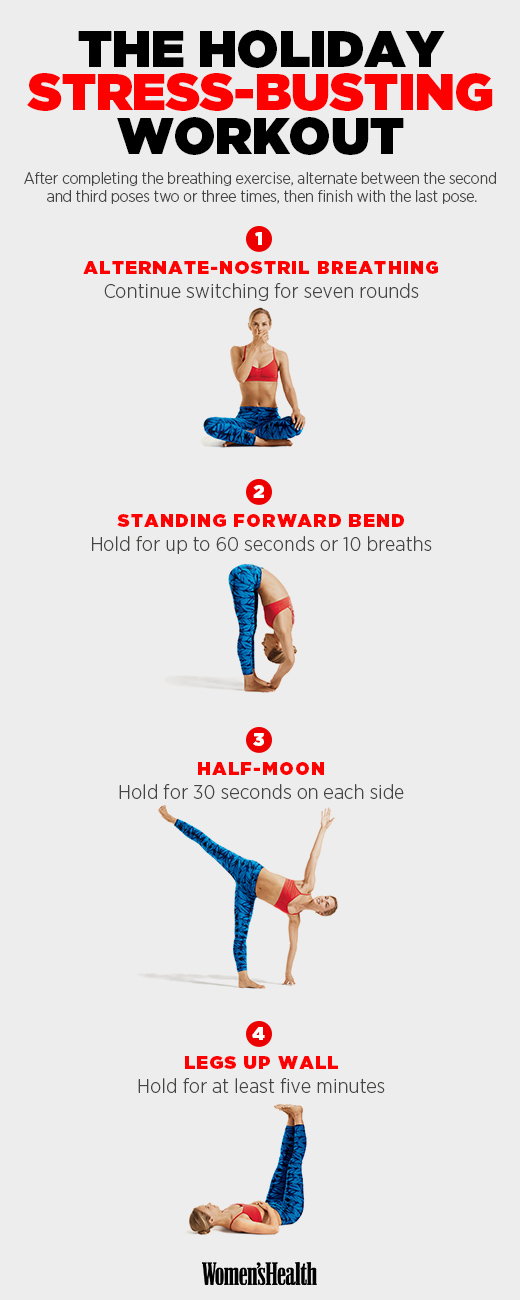 What would your financial life look like if you practiced gratitude daily? Would you struggle to budget or have debt? If we practiced gratitude daily and it became our mindset, our behavior would naturally follow. Grateful people don’t take more than they need, they don’t spend more than they make, but they do give to those in need. During the holiday season, it’s easy to get caught up in the whirlwind of spending that has become the main focus of the season. This year I challenge you to give to those in need. It is perfectly acceptable to spend money on those you love, but this year be open to sharing your love and money with those who have very little. Better yet, gather up your loved ones and volunteer together. Practice gratitude this season, and I think you’ll find the benefits last much longer than anything money can buy.
What would your financial life look like if you practiced gratitude daily? Would you struggle to budget or have debt? If we practiced gratitude daily and it became our mindset, our behavior would naturally follow. Grateful people don’t take more than they need, they don’t spend more than they make, but they do give to those in need. During the holiday season, it’s easy to get caught up in the whirlwind of spending that has become the main focus of the season. This year I challenge you to give to those in need. It is perfectly acceptable to spend money on those you love, but this year be open to sharing your love and money with those who have very little. Better yet, gather up your loved ones and volunteer together. Practice gratitude this season, and I think you’ll find the benefits last much longer than anything money can buy.
Author Archives: Mary Proffitt
Weight Loss Basics from Personal Best
Balsamic and Parmesan Roasted Cauliflower
 Roasting isn’t usually the first cooking method you think of for cauliflower but the results are quite delicious. The florets are cut into thick slices and tossed with extra-virgin olive oil and herbs. Wherever the flat surfaces come into contact with the hot roasting pan, a deep browning occurs that results in a sweet, nutty flavor.
Roasting isn’t usually the first cooking method you think of for cauliflower but the results are quite delicious. The florets are cut into thick slices and tossed with extra-virgin olive oil and herbs. Wherever the flat surfaces come into contact with the hot roasting pan, a deep browning occurs that results in a sweet, nutty flavor.
4 servings | Active Time: 10 minutes | Total Time: 35 minutes
Ingredients
- 8 cups 1-inch-thick slices cauliflower florets, (about 1 large head; see Tip)
- 2 tablespoons extra-virgin olive oil
- 1 teaspoon dried marjoram
- 1/4 teaspoon salt
- Freshly ground pepper to taste
- 2 tablespoons balsamic vinegar
- 1/2 cup finely shredded Parmesan cheese
Preparation
- Preheat oven to 450°F.
- Toss cauliflower, oil, marjoram, salt and pepper in a large bowl. Spread on a large rimmed baking sheet and roast until starting to soften and brown on the bottom, 15 to 20 minutes. Toss the cauliflower with vinegar and sprinkle with cheese. Return to the oven and roast until the cheese is melted and any moisture has evaporated, 5 to 10 minutes more.
Nutrition
Per serving : 149 Calories; 10 g Fat; 3 g Sat; 6 g Mono; 7 mg Cholesterol; 10 g Carbohydrates; 7 g Protein; 4 g Fiber; 364 mg Sodium; 490 mg Potassium
1/2 Carbohydrate Serving
Exchanges: 1 vegetable, 1/2 lean meat, 1 1/2 fat
Tips & Notes
- Tip: To prepare florets from a whole head of cauliflower, remove outer leaves. Slice off the thick stem. With the head upside down and holding a knife at a 45° angle, slice into the smaller stems with a circular motion—removing a “plug” from the center of the head. Break or cut florets into the desired size.
Please Join Healthy Horizons and the HRC For A Wellness Gift Event – TOMORROW
FACULTY AND STAFF WELLNESS GIFT DAY
DECEMBER 8TH, 12:00-1:00, ROBERTSON HALL FORD SALON
 Please join Healthy Horizons and the HRC to learn more about our wellness services designed specifically for full and part time faculty and staff.
Please join Healthy Horizons and the HRC to learn more about our wellness services designed specifically for full and part time faculty and staff.
Enjoy a plethora of  complimentary offerings, including:
complimentary offerings, including:
free chair massages (first come, first serve), Stress Less Yoga tips , an aromatherapy bar, Adult Coloring Therapy Station, healthy holiday recipes, and so much more! Also, complimentary snacks – Impact Bars (an organic Olympia granola bar), fresh fruit, and a coffee and tea bar compliments of Staff Assembly.
All participants will be entered into a drawing for prizes provided by the HRC and Healthy Horizons including: HRC yoga mats and foam rollers, Healthy Horizons fleeces, refrigerated grocery bag, first aid kit, a plush blanket, and 3 free sessions of personal training at the HRC!
How Increasing Your Water Intake for 30 Days Can Change Your Health
 Water is an essential part of your body. According to the United States Geological Survey, water makes up the majority of your body. This is why drinking plenty of it has such a positive impact on your overall health. In order to improve your health, set yourself a challenge – drink 1 to 2 more glasses of water per day for a month. If you complete this challenge, here are some positive health changes you might see:
Water is an essential part of your body. According to the United States Geological Survey, water makes up the majority of your body. This is why drinking plenty of it has such a positive impact on your overall health. In order to improve your health, set yourself a challenge – drink 1 to 2 more glasses of water per day for a month. If you complete this challenge, here are some positive health changes you might see:
- Better joint function. According to the Center for Disease Control, water helps your joints work the way they are supposed to- cushioning impact and lubricating movement.
- A more even body temperature. Water keeps you cool when it’s hot out. When it’s hot, you sweat cooling your body to a healthy temperature.
- More efficient removal of a body’s waste. Your body needs to produce waste to function. You need to remove materials from your body that aren’t necessary. Water is essential in the creation and removal of your body’s waste through the aforementioned process of perspiration, as well as your urine, and bowel movements.
- It might help you lose weight. Some studies have shown that people who eat healthy, exercise and drink a healthy amount of water are more likely to lose weight.
In particular, people who lead active, physical lives, those who are sick and those who live in warm climates need to consume more water than most.
To drink more water daily, here are some helpful tips:
- Carry a water bottle. Buy a water bottle, fill it each morning, and take it with you wherever you go. Try to drink all of the water in the bottle during the day in addition to your regular intake.
- Replace other beverages with water. Although you do get water from any liquid you drink, it’s always better to drink water rather than unhealthy, processed drinks. If you drink soda or juice regularly, try replacing them with water. A glass of water instead of a can of soda will go a long way towards a healthier you.
- Keep track of what you drink. Get a small notebook, and write down the date everyday. Next to the date, write a check, hash mark, or an X for each glass of water you drink.
- Drink 4 to 6 glasses per day. The water you need varies by your activity level and body composition, but on average, you should try to consume 4 to 6 glasses of water per day.
Healthy Takes on Hearty Winter Recipes – Mac & Cheese
 Mac & cheese can be a true comfort on a gloomy day, and our healthy update takes advantage of extra-sharp Cheddar balanced with creamy low-fat cottage cheese and tucks a layer of spinach into the middle, which may help picky eaters down their vegetables. Whole-wheat pasta adds robust flavor and extra fiber.
Mac & cheese can be a true comfort on a gloomy day, and our healthy update takes advantage of extra-sharp Cheddar balanced with creamy low-fat cottage cheese and tucks a layer of spinach into the middle, which may help picky eaters down their vegetables. Whole-wheat pasta adds robust flavor and extra fiber.
Ingredients
- 3 tablespoons plain dry breadcrumbs, (see Tip)
- 1 teaspoon extra-virgin olive oil
- 1/4 teaspoon paprika
- 1 16-ounce or 10-ounce package frozen spinach, thawed
- 1 3/4 cups low-fat milk, divided
- 3 tablespoons all-purpose flour
- 2 cups shredded extra-sharp Cheddar cheese
- 1 cup low-fat cottage cheese
- 1/8 teaspoon ground nutmeg
- 1/4 teaspoon salt
- Freshly ground pepper, to taste
- 8 ounces (2 cups) whole-wheat elbow macaroni, or penne
Preparation
- Put a large pot of water on to boil. Preheat oven to 450°F. Coat an 8-inch-square (2-quart) baking dish with cooking spray.
- Mix breadcrumbs, oil and paprika in a small bowl. Place spinach in a fine-mesh strainer and press out excess moisture.
- Heat 1 1/2 cups milk in a large heavy saucepan over medium-high heat until steaming. Whisk remaining 1/4 cup milk and flour in a small bowl until smooth; add to the hot milk and cook, whisking constantly, until the sauce simmers and thickens, 2 to 3 minutes. Remove from heat and stir in Cheddar until melted. Stir in cottage cheese, nutmeg, salt and pepper.
- Cook pasta for 4 minutes, or until not quite tender. (It will continue to cook during baking.) Drain and add to the cheese sauce; mix well. Spread half the pasta mixture in the prepared baking dish. Spoon the spinach on top. Top with the remaining pasta; sprinkle with the breadcrumb mixture.
- Bake the casserole until bubbly and golden, 25 to 30 minutes.
Tips & Notes
- Make Ahead Tip: Prepare through Step 4. Cover and refrigerate for up to 2 days or freeze for up to 3 months. Thaw in the refrigerator, if necessary, then bake for 35 to 45 minutes.
- Tip: To make fresh breadcrumbs, trim crusts from whole-wheat bread. Tear bread into pieces and process in a food processor until coarse crumbs form. One slice of bread makes about 1/2 cup fresh crumbs. For dry breadcrumbs, spread the fresh crumbs on a baking sheet and bake at 250°F until crispy, about 15 minutes. One slice of fresh bread makes about 1/3 cup dry crumbs. Or use prepared coarse dry breadcrumbs. We like Ian’s brand labeled “Panko breadcrumbs.” Find them in the natural-foods section of large supermarkets.
This Workout Is Your Secret Weapon Against Holiday Stress
 Feeling more Bad Santa than Buddy the Elf? Restore some peace with this balancing yoga sequence –
Feeling more Bad Santa than Buddy the Elf? Restore some peace with this balancing yoga sequence –
December Personal Best
1. Get in the Slow Lane
2. Good Sleep habits Run in the Family
3. Neck Pain no More
4. Exercise from Your Wheelchair
5. Year-End Assessment
6. Transitioning from Work to Home
7. Preparing for Vacation – at Work
8. Watch Out: Tax Scams
9. Clean Your Home for Less
10. annual Safe Gift Guide
11. Stressed Out?
12. Say Goodbye to Food Cravings
When You Can’t Breathe, Nothing Else Matters – COPD Awareness Video
Cool Running: 6 Ways to Keep Warm When Jogging in the Fall
If you maintain a regular jogging routine, the cool weather of fall and winter can be challenging. Cold air makes it less comfortable to run outdoors but you don’t want to let it keep you from exercising outside altogether. Here are 6 ways to keep warm when jogging in the fall and even into the winter:
1. Warm up inside. Before you head out into the cold, warm up indoors. Stretch, run in place, and do jumping jacks. Warming up will decrease the likelihood of injury from cold muscles. When your muscles are warm, they are more flexible which helps prevent cold weather injuries. When you feel warm and ready, head outside.
2. Get cold weather gear. Head down to the athletic store and stock up on warm weather running gear like thicker socks, moisture wicking under layers, a hat, gloves, and outer layer gear that’s designed for cold weather.
3. Get hand and feet warmers. Most sportswear stores sell packets that will heat up for a short period of time that you can place in your gloves, pockets or even your running shoes . When it’s cold out, your extremities will be the first thing that feels cold as your body tries to conserve heat so keeping your hands and feet warm is essential to cold weather preparedness.
4. Run at the warmest time of the day. If you’re the type of person who tends to run first thing in the morning or at night when it’s coldest, consider switching to a daytime run. It tends to be warmest outside mid-day. Try running at lunch, at least until it warms up outside.
5. Cover your skin. When you’re dressing yourself to run outside, make sure you cover as much of your skin as possible. This will help keep your body warm as you expose yourself to the elements.
6. Mentally prepare yourself. Finally, it’s helpful to psyche yourself up to run in the cold. Listen to uplifting, energetic music. Repeat a mantra. Whatever you need to do to get yourself into a good mental place to run- do it. Then, get running!
Finally, don’t forget to hydrate- even if you aren’t sweating. Also, use your best judgment and don’t run when it’s too cold- that is, if it’s cold enough that it might be unsafe to run. Remember to consult with your primary care physician before starting an exercise program.




